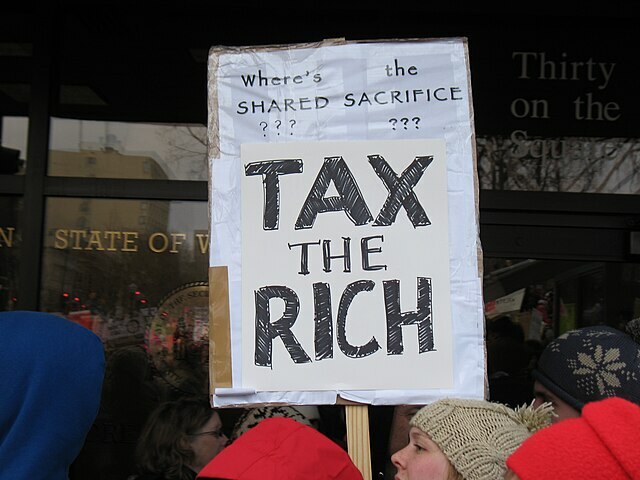February is the true start of spring. Punxsutawney Phil “predicts” the longevity of winter. Pitchers and catchers report to spring training. Cherry trees blossom. And in the North Carolina General Assembly, lawmakers start the legislative session by introducing new tax and spending proposals.
Reality quickly sets in, however, when looking at the numbers. Low temperatures and snow persist. Your favorite team doesn’t have the talent it needs or the cap space to get it. And the state’s finances never allow everybody to get what they want. It is still cold and not quite everything is possible.
Fiscally, this year’s budget is already primed with $1.5 billion in new obligations. First and foremost is adding $750 million to the Savings Reserve to restore money used for recovery from Hurricane Florence. Legislators could add another $70 million based on the statutory pledge to commit 15 percent of new revenue to savings.
Another statutory change commits up to 4 percent of General Fund revenue to debt service, new construction, and repairs or renovations of existing government facilities. That would add another $150 million in spending. Senate leadership has proposed to increase that by another 0.5 percent or $70 million for school construction instead of taking on a $2 billion bond for schools. Increasing the reserves $750 million to $820 million for saving, and $150 million to $220 million for capital, therefore, could take $1 billion before any change in the operating budget.
Rebasing Medicaid to account for medical costs, enrollment, and usage could add $200 million. Enrollment growth from kindergarten through college is potentially $150 million, with another $60 million needed for class size reductions. Pension and health benefits for state employees and teachers add another $150 million in cost. Reductions from nonrecurring items offset new expenses for Opportunity Scholarships, implementing Raise the Age, and other programs, which results in a reduction of spending by $25 million.
Combined with $1 billion in reserves, that puts us at $1.5 billion, and that’s just some of the demands for money.
How would lawmakers pay for all of the potential new spending? Tax cuts that took effect January 1 will mean $500 million less revenue as implementation continues into the second half of the year. Legislators left a $500 million balance of unspent revenue this year to offset the lower tax collections. Excluding the tax cut, revenue will likely grow by $1 billion based on economic conditions, which leaves $500 million, which could be met if tax collections match recent performance.
Actual revenue collections have beaten forecasts by 2 percent or more in seven of the last eight years. If this year follows suit, the result would be another $480 million, which is roughly the remaining difference between funds available and committed. The last time actual collections fell short of expectations, however, was in 2014 as the first major income tax reform took effect.
On top of these already planned changes and the desired school construction spending, other policy priorities include raises for teachers (which would also mean higher pension costs), Medicaid expansion, and a franchise tax cut.
Lawmakers would like to increase the average teacher salary to $55,000 at a cost of $160 million. Gov. Cooper wants to reach the national average of $56,000, which would increase the cost to $240 million. Cooper claims Medicaid expansion would not cost state government a penny because assessments on health care providers would cover the state’s matching requirement for federal funds and still leave hospitals richer.
As part of the next phase of tax reform, Roy Cordato recently explained the problems with North Carolina’s franchise tax. The North Carolina Chamber wants the tax repealed over the next five years. Some possible first steps include resetting the minimum tax to $35 from $200, incrementally reducing the rate, or applying the minimum tax to larger companies. The details of any proposal would make a significant difference in the amount of revenue at stake with a change.
In a tight budget year with plenty of economic uncertainty, caution may be the best way to ensure there is enough money to meet the needs of North Carolina today and tomorrow.


